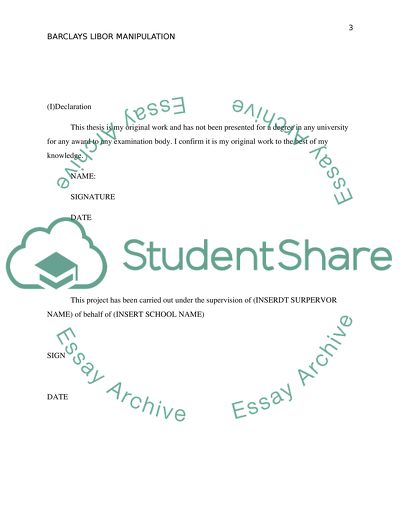Cite this document
(“The Informational Role of Bank Loan Ratings: barclays libor Research Paper”, n.d.)
Retrieved from https://studentshare.org/finance-accounting/1401961-finance
Retrieved from https://studentshare.org/finance-accounting/1401961-finance
(The Informational Role of Bank Loan Ratings: Barclays Libor Research Paper)
https://studentshare.org/finance-accounting/1401961-finance.
https://studentshare.org/finance-accounting/1401961-finance.
“The Informational Role of Bank Loan Ratings: Barclays Libor Research Paper”, n.d. https://studentshare.org/finance-accounting/1401961-finance.


